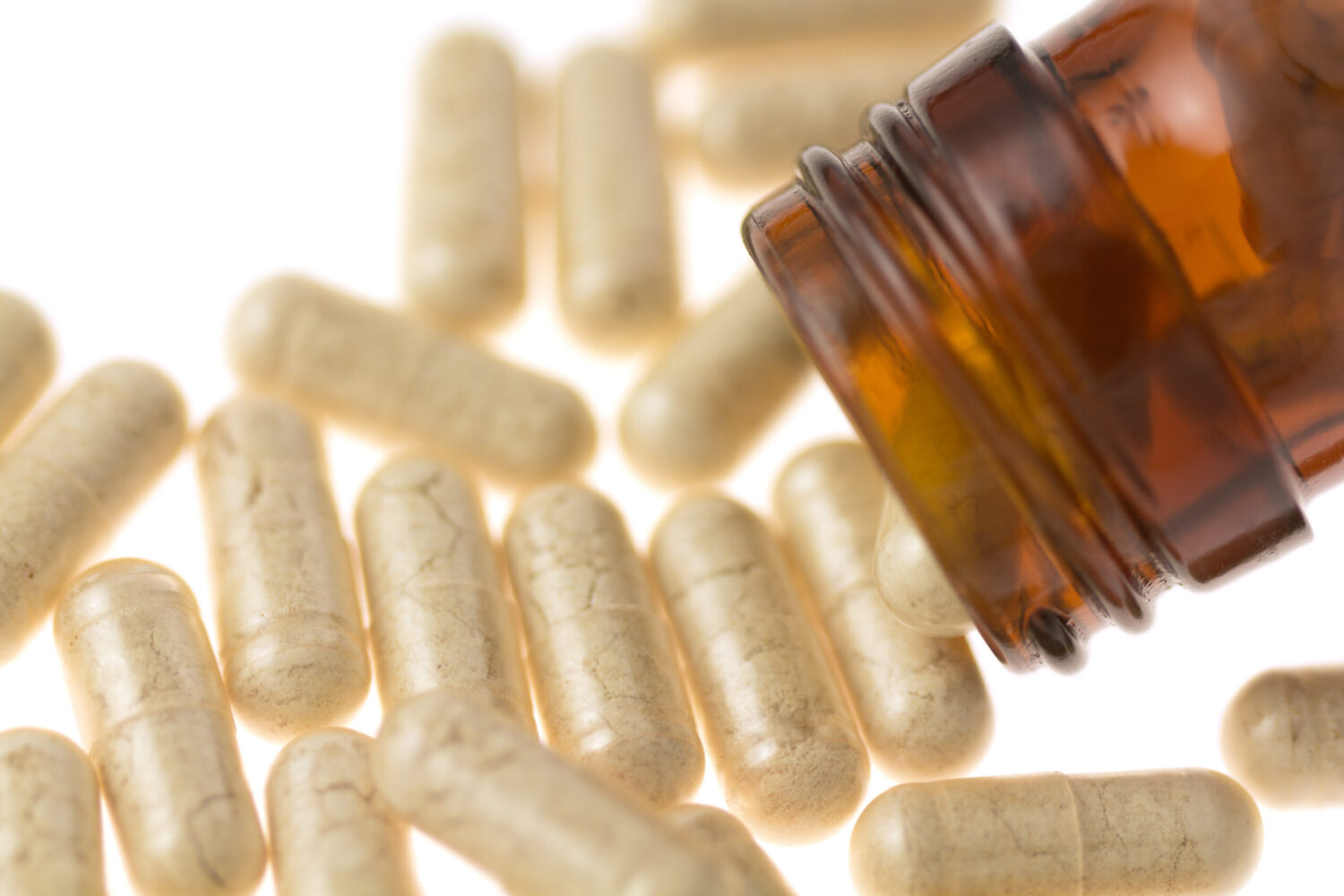Royal Jelly Powder
Royal Jelly Powder has been known for centuries, but in the last decades its production and consumption has increased.
Making
Basically, Royal Jelly is secreted by the hypopharyngeal and mandibular glands of worker honeybees (Apis mellifera).
Contains of Royal Jelly Powder
This thick and milky substance contains water, proteins, carbohydrates, lipids, minerals, vitamins and such bio-active compounds as acetylcholine, peptides, the hormones testosterone, progesterone, prolactin, (hydroxydecanoic acid) (HDA), adenosine monophosphate (AMP)-N1Oxide, polyphenols, flavonoids and adenosine. Because of its bioactive compounds, RJ can be considered as a functional and nutraceutical food.
Properties of Royal Jelly Powder
Royal jelly has been demonstrated to possess numerous functional properties such as antibacterial activity, anti-inflammatory activity, vasodilative and hypotensive activities, disinfectant action, antioxidant activity, antihypercholesterolemic activity, and antitumor activity.
What did properties attribute ?
In general, its properties attributed to the phenolic compounds such as flavonoids. Indeed, Flavonoids have been reported to exhibit a wide range of biological activities, including antibacterial, antiviral, anti-inflammatory, antiallergic, and vasodilatory actions. In addition, flavonoids inhibit lipid peroxidation, platelet aggregation, capillary permeability and fragility, and the activity of enzyme systems including cyclo-oxygenase and lipoxygenase.
Technical parameters:
lyophilized Royal Jelly; 66 % water, 13 % protein, 15 % carbohydrates, 5 % fat and 1 % minerals; 1 – 2.5 % by the weight of fresh uterine fat comprises 10-hydroxy -2- detsenova acid (HDA)
Shelf-life:
at 4 °C – 1 year; <-18 °C – 2+ years
Packing:
plastic bag 1000 g in carton boxes
Royal Jelly Powder
Description of Royal Jelly Powder
Royal Jelly Powder has been known for centuries, but in the last decades its production and consumption has increased.
Making
Basically, Royal Jelly is secreted by the hypopharyngeal and mandibular glands of worker honeybees (Apis mellifera).
Contains of Royal Jelly Powder
This thick and milky substance contains water, proteins, carbohydrates, lipids, minerals, vitamins and such bio-active compounds as acetylcholine, peptides, the hormones testosterone, progesterone, prolactin, (hydroxydecanoic acid) (HDA), adenosine monophosphate (AMP)-N1Oxide, polyphenols, flavonoids and adenosine. Because of its bioactive compounds, RJ can be considered as a functional and nutraceutical food.
Properties of Royal Jelly Powder
Royal jelly has been demonstrated to possess numerous functional properties such as antibacterial activity, anti-inflammatory activity, vasodilative and hypotensive activities, disinfectant action, antioxidant activity, antihypercholesterolemic activity, and antitumor activity.
What did properties attribute ?
In general, its properties attributed to the phenolic compounds such as flavonoids. Indeed, Flavonoids have been reported to exhibit a wide range of biological activities, including antibacterial, antiviral, anti-inflammatory, antiallergic, and vasodilatory actions. In addition, flavonoids inhibit lipid peroxidation, platelet aggregation, capillary permeability and fragility, and the activity of enzyme systems including cyclo-oxygenase and lipoxygenase.
Technical parameters
You have to know the lyophilized Royal Jelly is composed of 66 % water, 13 % protein, 15 % carbohydrates, 5 % fat and 1 % minerals; 1 – 2.5 % by the weight of fresh uterine fat comprises 10-hydroxy -2- detsenova acid (HDA)
Shelf-life
at 4 °C – 1 year; <-18 °C – 2+ years
Packing
For that, we pack in plastic bag 1000 g which is in carton boxes.

